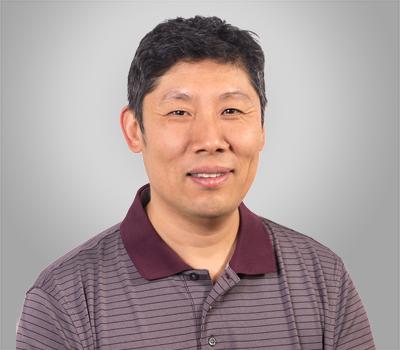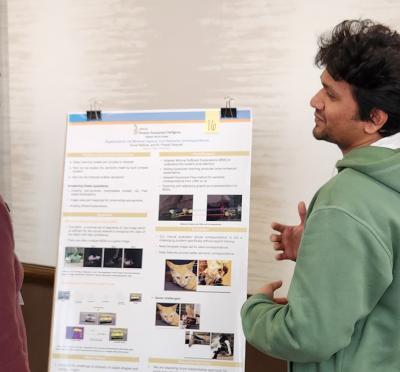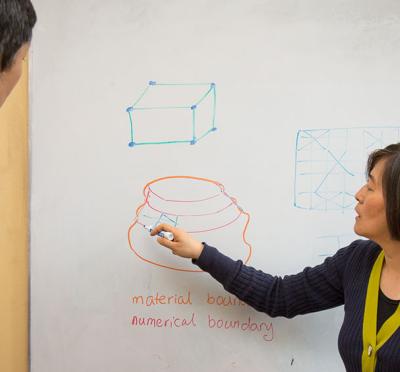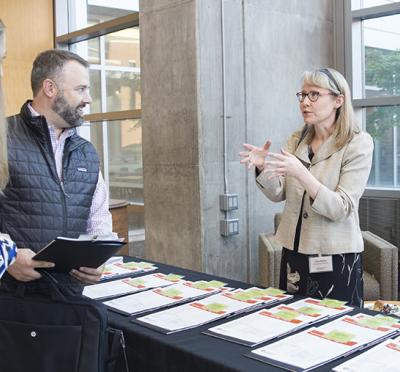
Eugene Zhang
Professor
Organizations
Electrical Engineering and Computer Science
Address
2111 Kelley Engineering Center
Corvallis, OR 97331
United States
Research Website
Degrees
Ph.D., Computer Science, Georgia Institute of Technology, 2004
M.S., Computer Science, Ohio State University, 1995
M.S., Mathematics, Ohio State University, 1994
Research Groups
Biography
Eugene Zhang received his Ph.D. degree in computer science in 2004 from Georgia Institute of Technology. He is currently a professor at Oregon State University, where he is a member of the School of Electrical Engineering and Computer Science. His research interests include computer graphics, scientific visualization, and geometric modeling. He received a National Science Foundation CAREER award in 2006. He is a member of the IEEE and ACM.
Awards/Accolades
2018 Apprentice for Science and Engineering 10-Year Service Award
2006 NSF CAREER Award
Additional Links
Related Podcasts
Image

From Toy Story to tumors
Advances in 3D graphics have made movies and video games more realistic, but can also have an impact on science. Associate Professor Eugene Zhang and …


